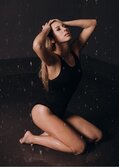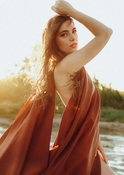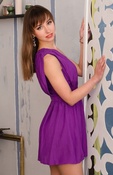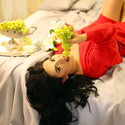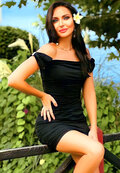5 Foolproof Ways to Shop Vintage Wedding Dresses Spoiler alert: designer vintage and “vintage-inspired”? Fashion trends come and go, and then eventually they make their way back. Best brides for wedding ’80s-inspired volume to ’70s bohemia, all the way down to the sheaths and slips of the ’20s and ’90s, a true fashion bride knows how to incorporate old gems with new finds for a look that’s uniquely her own, and truly one-of-a-kind.
A word of caution: Too many retailers and e-tailers tout “vintage-inspired” looks that are nowhere near the real deal. We sat down with Lily Kaizer, owner of LA’s vintage-only bridal boutique Happy Isles, to chat about what you need to know to walk down the aisle in a relic from fashion’s past. The best way to shop for vintage bridal is to see things in person,” says Kaizer. This way you can try on multiple pieces for important compare-and-contrast purposes, and it gives you the opportunity to take a close look at quality and construction.
The biggest mistake vintage-loving brides-to-be make is blindly searching online. When vintage shopping,”Google is not your friend,” warns Kaizer. You will “likely come up against an onslaught of what can only be described as ‘old wedding dresses. The kind of costumes that are expressly the opposite of that dreamy vintage silhouette you’ve always desired. Take a few hours to scroll on both sites to “get a feel for what’s out there,” she adds. Item Type’ and play with searching by color. Often, the phrase ‘shopping vintage’ can cross wires with saving money.

If this was your mindset, you’re mistaken. Kaizer educates her brides that “great vintage—whether it’s a designer label or not—will hold, if not appreciate in value. Get a sense for the fabric. Kaizer says, “If it’s a natural fiber, like a cotton, linen, or silk, or it has striking beading or detailed handiwork, then you’re on the right track.
If the piece has boning, a built-in waist belt, or other hand-stitched interior details than you should consider it a go. Avoid a costume-y dress obviously from another era and consider “a similar silhouette from a later decade,” Kaizer suggests. For example, an average ’50s dress might feel too ‘crunchy’ or have the wrong fit in the bust because people were wearing different undergarments back then, while the right ’80s dress will give you that same look with a modernized cut. Similarly, if you love a ’60s shift dress, keep an eye out for the right ’90s number. There are so many designers to look out for: Chanel, Christian Dior, Yves Saint Laurent, Ossie Clark, Alaïa, Halston, Bill Blass, Valentino, Oscar de la Renta, Chloe, Geoffrey Beene, Karl Lagerfeld, and Ungaro are some of Happy Isles’s favorites. Lesser known to a wider audience, but equally important vintage designers include Pauline Trigère, Malcolm Starr, Ceil Chapman, Alfred Bosand, Arnold Scaasi and Victor Costa,” recommends Kaizer.

